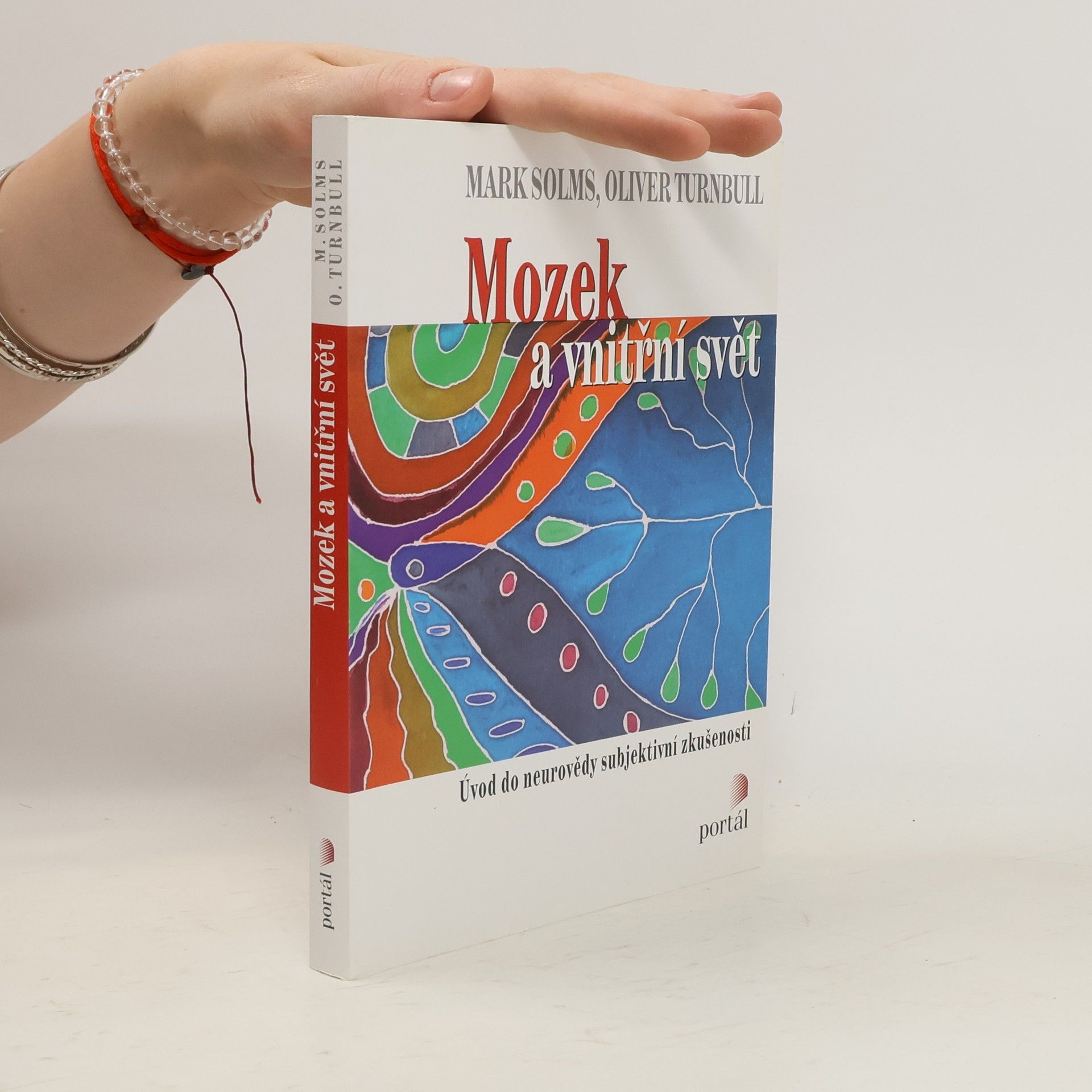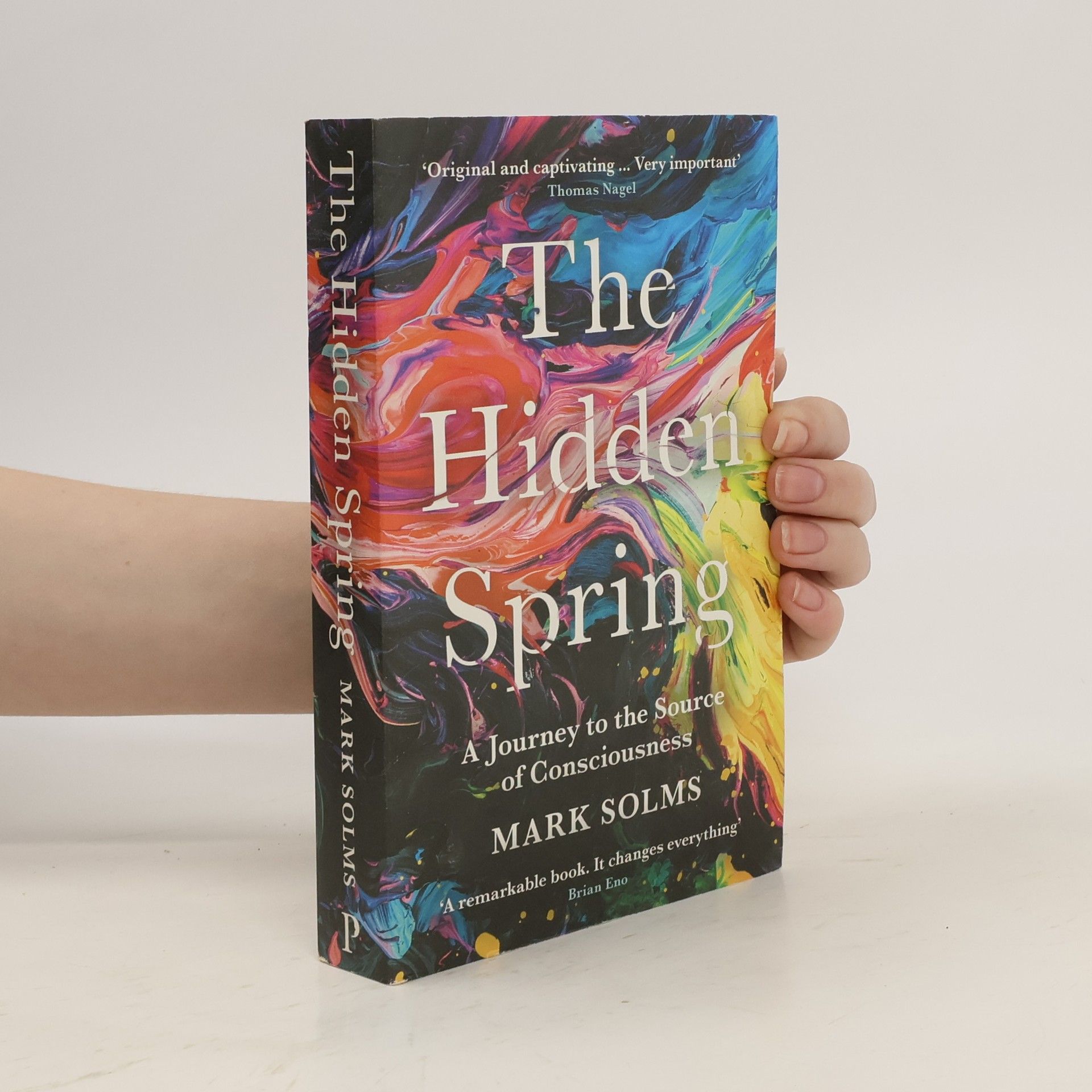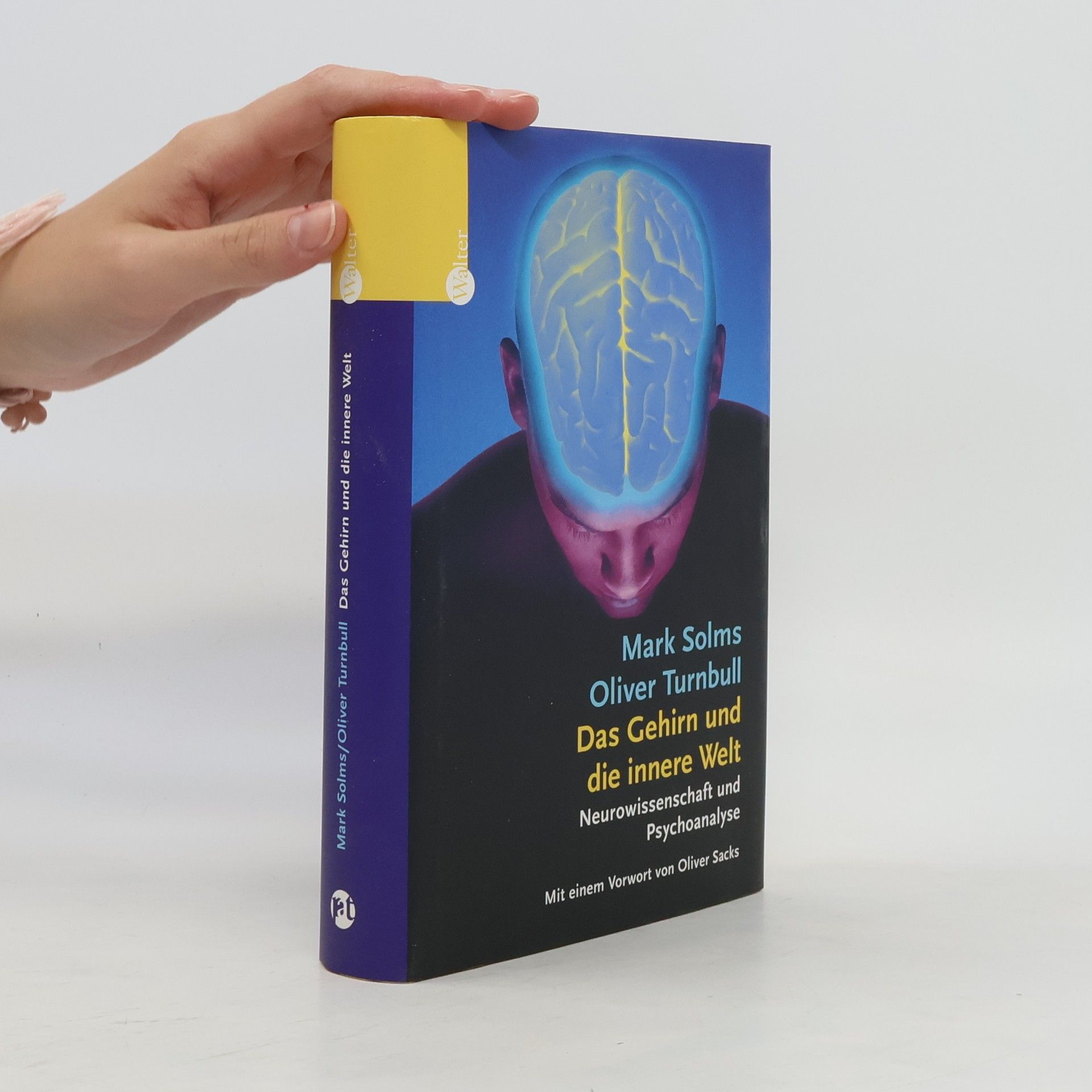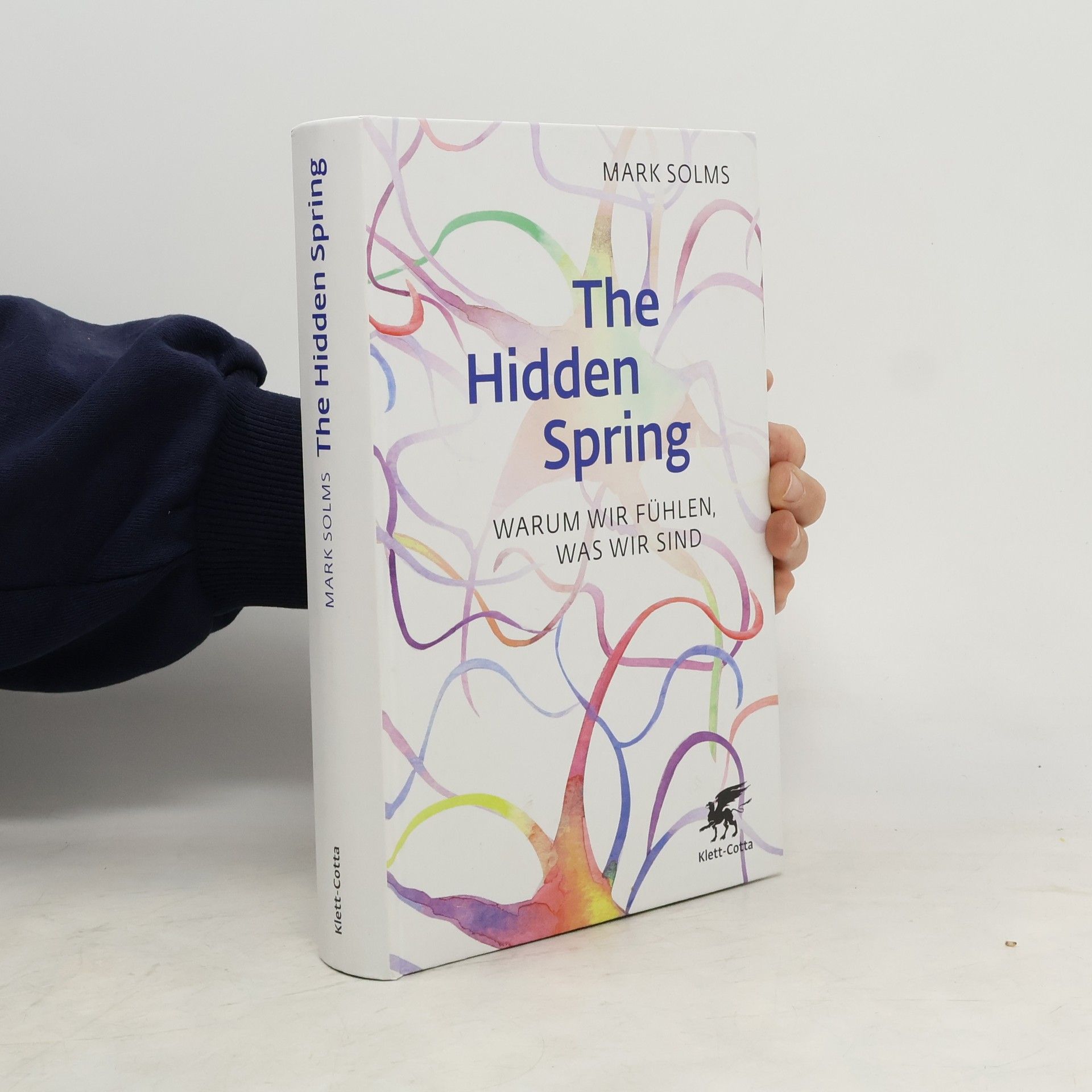The book, first published in 1997, offers insights into its subject matter through a scholarly lens, reflecting the academic rigor of Routledge, a respected imprint of Taylor & Francis. It explores themes relevant to its field, contributing to ongoing discussions and research. Readers can expect a comprehensive examination of the topics presented, making it a valuable resource for students and professionals alike.
Mark Solms Livres






The Neuropsychology of Dreams
- 310pages
- 11 heures de lecture
In this book, Mark Solms chronicles a fascinating effort to systematically apply the clinico-anatomical method to the study of dreams. The purpose of the effort was to place disorders of dreaming on an equivalent footing with those of other higher mental functions such as the aphasias, apraxias, and agnosias. Modern knowledge of the neurological organization of human mental functions was grounded upon systematic clinico-anatomical investigations of these functions under neuropathological conditions. It therefore seemed reasonable to assume that equivalent research into dreaming would provide analogous insights into the cerebral organization of this important but neglected function. Accordingly, the main thrust of the study was to identify changes in dreaming that are systematically associated with focal cerebral pathology and to describe the clinical and anatomical characteristics of those changes. The goal, in short, was to establish a nosology of dream disorders with neuropathological significance. Unless dreaming turned out to be organized in a fundamentally different way than other mental functions, there was every reason to expect that this research would cast light on the cerebral organization of the normal dream process.
The Hidden Spring
- 448pages
- 16 heures de lecture
A revolutionary new explanation for sentience from the neuroscientist who discovered how the brain dreams.
The Brain and the Inner World
An Introduction to the Neuroscience of Subjective Experience
- 360pages
- 13 heures de lecture
Exploring the intricate connections between brain function and mental processes, this synthesis delves into the foundations of human experience. The authors provide compelling insights that illuminate the relationship between the physical brain and the subjective inner world, making complex concepts accessible and engaging for readers interested in psychology and neuroscience.
Clinical Studies in Neuro-Psychoanalysis
Introduction to a Depth Neuropsychology - Second Edition
- 336pages
- 12 heures de lecture
Winner of the 2002 Gradiva AwardHailed as a turning point in psychoanalytic research in its first edition, this new edition will be relied on as a model for the integration of neuroscience and psychoanalysis. The authors have added a glossary of key terms to this edition to aid their introduction to depth neuropsychology.
Úvod do neurovědy subjektivní zkušenosti. Vnitřní svět a mysl byly v minulosti doménou psychoanalýzy a příbuzných přístupů, čímž stály na okraji vědeckého zájmu. Po dlouhou dobu se zdálo, jako by subjektivní stavy jako vědomí, emoce, snění nepředstavovaly seriózní témata výzkumu mozku. Tato situace na poli neurovědy se v posledních letech – s jistým ústupem behaviorismu – změnila, což vedlo k explozi nových vhledů do přírodních zákonů, které řídí náš vnitřní život. Autoři nabízejí ve své knize Mozek a vnitřní svět čtenářům-nespecialistům fascinující poznávací cestu po nových neurovědních objevech. Ukazují, jak lze staré psychodynamické koncepty nově vědecky zarámovat a dojít k novému porozumění lidské subjektivní zkušenosti, duševnímu zdraví a duševní nemoci. Poté, co autoři zmapují z pohledu neurovědy oblasti jako emoce, motivace, paměť, fantazie, sny, halucinace…, ukazují, co dělá psychoterapie ve svém léčebném přístupu k duševnímu onemocnění, a co vše se musí stát, aby byl tento přístup úspěšný.
Gehirn und Geist – wie hängen sie zusammen? Was haben unsere Gefühle und unser Denken mit neurobiologischen Prozessen zu tun? Gut verständlich erklären Mark Solms und Oliver Turnbull, Pioniere der Neuro-Psychoanalyse, das subtile Zusammenspiel von Gehirn und Psyche. Anschaulich zeigen sie, warum die bahnbrechenden Erkenntnisse aus den Neurowissenschaften auch Eingang in die Psychotherapie finden sollten.
The Hidden Spring
Warum wir fühlen, was wir sind
Das Geheimnis des Bewusstseins liegt in unseren Emotionen. Solms, ein führender Denker der Neurowissenschaften, widmet sich der Erforschung des menschlichen Bewusstseins und der Frage, warum wir ein subjektives Selbst empfinden können. Er nimmt die Leser:innen auf eine außergewöhnliche Reise von den Anfängen der Neuropsychologie und Psychoanalyse bis zu den neuesten Erkenntnissen der Neurowissenschaften. In seiner Forschung hat Solms die elementare Physik des Lebens untersucht und präsentiert eine neue Theorie des Bewusstseins, die Emotionen in den Mittelpunkt rückt. Kritiker beschreiben das Werk als faszinierend, umfassend und ergreifend. Solms gehört zu den wenigen Wissenschaftlern, die dieses wichtige Gebiet voranbringen, und leistet mit seinem kühnen, gründlichen Ansatz einen wertvollen Dienst. Sein Buch wird als brillanter Schritt angesehen, um die geheimnisvolle Beziehung von Körper und Geist neu zu betrachten. Es gilt als Pflichtlektüre und wird als beachtliches Werk bezeichnet, das alles verändern könnte. Die Ideen des Autors werden als zukunftsweisend wahrgenommen und haben das Potenzial, das Verständnis des Bewusstseins grundlegend zu transformieren.

